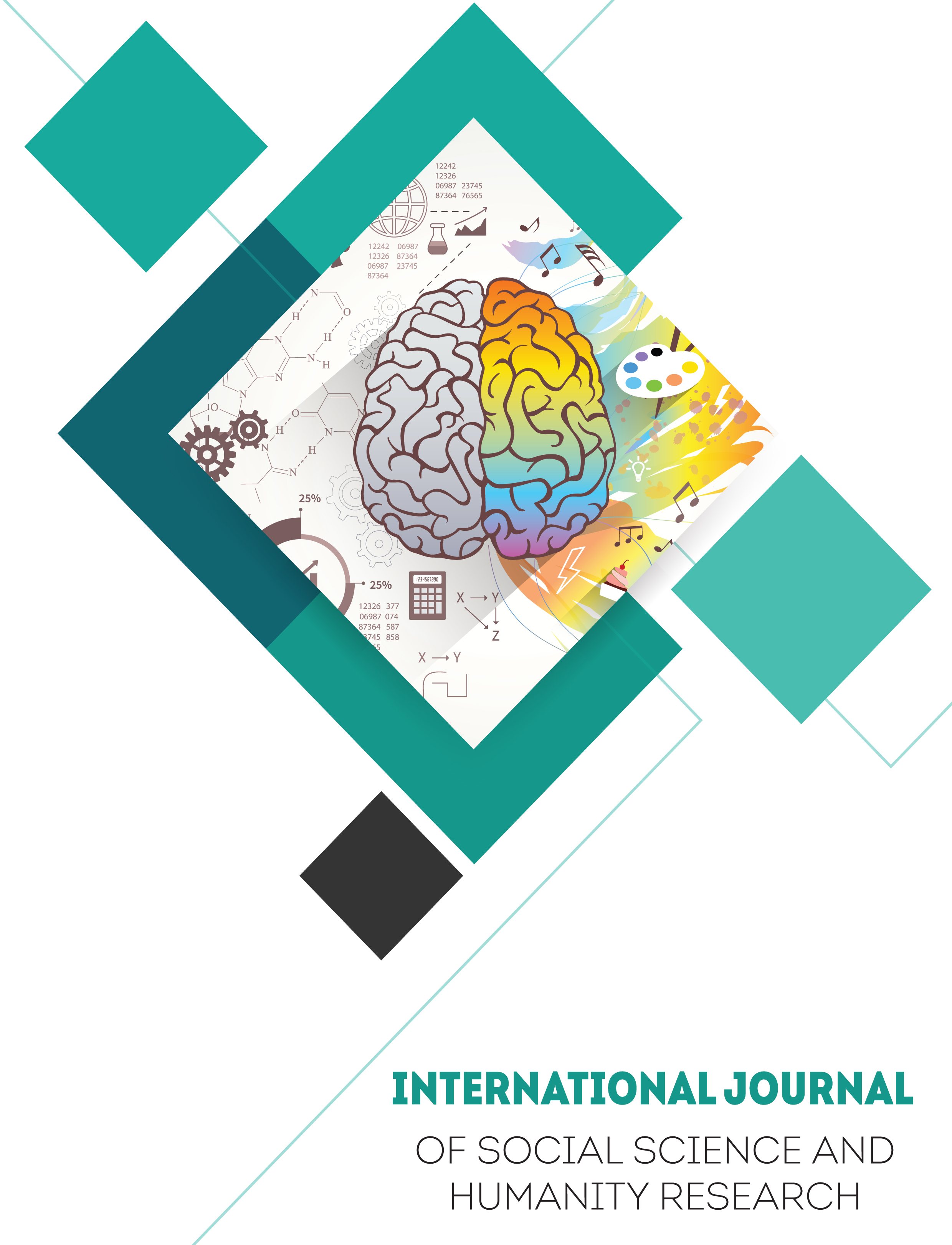Research Examining and Project Deployment Using Huawei Telecom's Global Mobile Network
Main Article Content
Abstract
The purpose of this master's thesis is to illustrate the procedures—identification, classification, and application—by which standards are "born." The initiative is also driven by a desire to clarify the complexities of the standardization process, in this case as it relates to mobile communications, and thereby benefit business and industry. The next generation of mobile technology will have many improvements over the current 4G services, such as lower latency, faster speeds, more devices, and new features like the Internet of Things architecture and Machine to Machine (D2D) and Device to Device (M2D) communication [17]. Networking specialists and developers must investigate how the ITU sets standards that are subsequently adhered to. by telecom companies, as it will enable them to gain a deeper understanding of the evolution of mobile communications and the different standards that have accompanied it. 5G, the next generation of wireless networks, has already been tested and implemented in real-world environments. According to tests by telecom carriers and 5G equipment manufacturers, the enhancements allow a stable connection 14 times better than the current 4G [18]. Manufacturers of smartphones are beginning to offer 5G-capable devices, and over the coming years, this trend will continue. It's time to compare the IMT-2020 standard to different implementations and solutions, as well as how the new standard compares to earlier ones, after all the excitement surrounding 5G and faster data transfer speeds. Additionally, there is a lack of information about the major telecom companies' involvement in standard-setting and the kind of "advancement" they have. As a result, it's critical to evaluate each company's degree of progress in the 5G space [19].
Article Details

This work is licensed under a Creative Commons Attribution 4.0 International License.

